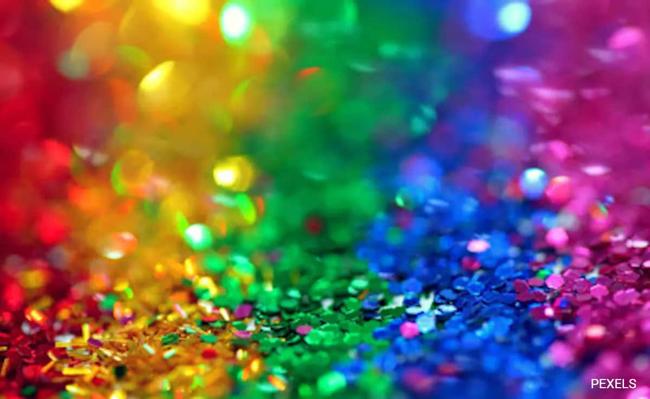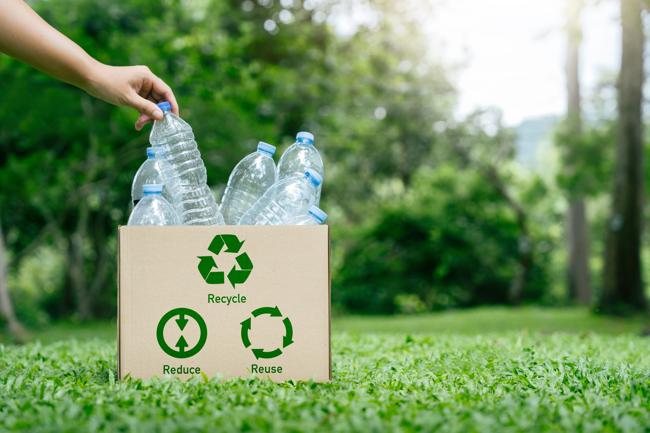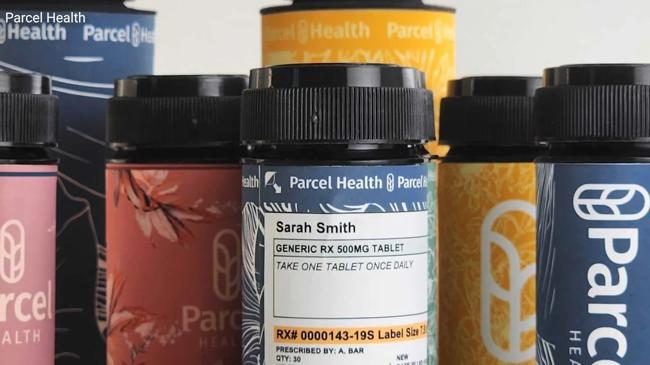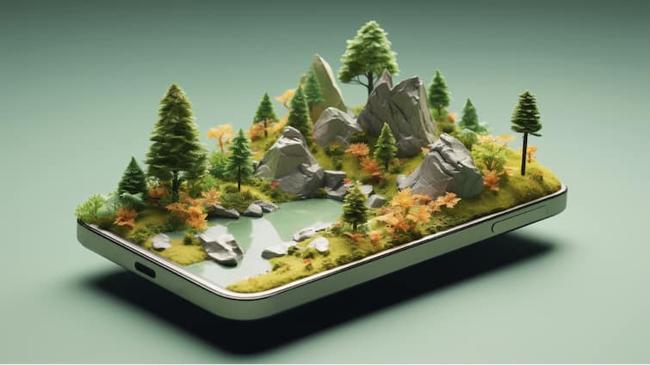Summary
Glitter is festive and fun – a favourite for decorations, makeup and art projects. But while it may look harmless, beautiful even, glitter’s sparkle hides a darker side.
Source: NDTV

AI News Q&A (Free Content)
Q1: What are the environmental impacts of glitter, especially concerning aquatic ecosystems?
A1: Glitter, primarily made from plastic, poses significant environmental threats, particularly to aquatic ecosystems. As microplastics, glitter particles can disrupt marine life by interfering with processes like biomineralization, crucial for the formation of shells and skeletons in marine organisms. This disruption can have cascading effects on ocean ecosystems and potentially impact Earth's climate regulation.
Q2: How does glitter contribute to plastic pollution, and what are the implications for human and environmental health?
A2: Glitter contributes to plastic pollution as it is made from microplastics, which are not biodegradable and easily contaminate soil, water, and air. These microplastics can carry harmful chemicals into ecosystems and food chains, posing risks to human health and biodiversity. The widespread use of glitter in cosmetics and decorations exacerbates the problem, as these particles are difficult to manage once they enter natural environments.
Q3: What recent scientific studies have highlighted the effects of glitter on marine life and ecosystems?
A3: Recent studies have shown that glitter, particularly made from polyethylene terephthalate (PET), actively influences marine ecosystems by disrupting biomineralization processes. This finding raises concerns about the long-term impacts of microplastic pollution on marine biodiversity and the broader ecological balance.
Q4: Are there any regulatory actions being taken to address the plastic pollution caused by glitter?
A4: The European Union has decided to phase out the use of traditional plastic glitter by 2030 due to its environmental impact. This regulatory action reflects a growing recognition of the need to mitigate microplastic pollution and its harmful effects on ecosystems. Some retailers in the UK have also voluntarily eliminated glitter from their products.
Q5: What alternatives exist to traditional plastic-based glitter, and how do they compare environmentally?
A5: Environmentally friendly alternatives to traditional glitter include those made from plant-based materials or biodegradable plastics. These alternatives aim to reduce the ecological footprint of glitter by breaking down more readily in natural environments, thus minimizing the risks associated with microplastic pollution.
Q6: How does the presence of glitter and other microplastics affect soil and water cycles?
A6: Microplastics like glitter can impede the growth of key organisms involved in soil and water cycles. This interference can alter nutrient cycling, reduce the viability of soil ecosystems, and potentially affect food security by impacting plant growth and soil fertility.
Q7: What are the broader implications of microplastic pollution for global environmental health?
A7: Microplastic pollution, including that from glitter, has far-reaching implications for global environmental health. By persisting in ecosystems and entering food chains, microplastics threaten biodiversity, contaminate resources, and pose health risks to humans and wildlife alike. Addressing this issue requires coordinated global efforts to reduce plastic production and promote sustainable alternatives.
References:
- Environmental experts argue that glitter is a direct environmental threat to aquatic environments worldwide. Most glitter is made of plastic and https://www.bicklawllp.com/our-insights/environmental-impact-of-glitter/
- Recent research reveals that glitter, particularly the kind made from polyethylene terephthalate, can significantly harm marine life. By disrupting natural processes like biomineralization, glitter affects the formation of marine shells and skeletons, posing a threat to ocean ecosystems and potentially altering Earth's climate regulation. https://www.devdiscourse.com/article/science-environment/3370090-glitter-a-shimmering-threat-to-marine-life
- New research reveals that PET-based glitter microplastics can actively influence biomineralization processes in marine environments, raising fresh concerns about the long-term environmental impact https://phys.org/news/2025-04-microplastics-pollution-glitter-disrupt-marine.html
- A study from earlier this year concluded that a few specs of glitter can impede the growth of organisms that play a key role in water and soil cycles. While restricting glitter is only a minuscule step in addressing the broader microplastics problem, the EU has taken a lead on this. https://www.pbs.org/newshour/science/analysis-how-decorative-glitter-contributes-to-microplastic-pollution
- In our recent research, we discovered that glitter specifically, the kind made from a common plastic polymer called polyethylene terephthalate (PET) is not merely polluting the ocean. It could actively interfere with marine life as it forms shells and skeletons, which is a much bigger deal than it might sound. https://www.theweek.in/wire-updates/international/2025/05/05/fes8-glitter-pollution.html





